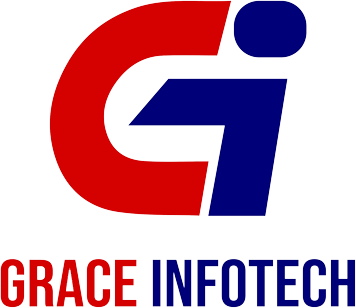
Onsite and offsite SEO also known as on-page and off-page SEO, are the two main components of the search engine optimization (SEO) process. To get maximum exposure and high ranking you need to understand difference between onsite and offsite SEO.
On site SEO (On Page SEO)
Onsite SEO is the process of making website Search Engine Friendly. Onsite SEO means optimizing website aliments in order to improve visibility and ranking according to Search Engines eg: Google, Yahoo etc.
Meta Tags
Meta tags are used to provide search engines with information about your page.
Meta Keywords Attribute – A series of keywords you deem relevant to the page in question.
Title Tag – This is the text you’ll see at the top of your browser. Search engines view this text as the “title” of your page.
Meta Description Attribute – A brief description of the page.
Meta Robots Attribute – An indication to search engine crawlers (robots or “bots”) as to what they should do with the page.
Title Tags:
Title tags are displayed on search engine results pages as the clickable for both organic results and paid ads headline for a given result, and are important for search results.
Meta Descriptions
The meta description conveys what users will find on the page, which summarizes a page’s content. Search engines read the meta descriptions to determine search results mostly when the searched-for phrase is within the description
Heading Tags:
Heading tags are indicators used in web pages to help structure your webpage also helping Google to read your page content. Heading tags range from H1-H6 and form a hierarchical structure to your page. The most important is the h1.
Keyword Specific Content:
Keywords on your page must be relevant to what people are searching for so they have a better chance of finding your content among the results. Eg: Web Development Company in Mumbai is our targeted keyword so we will have a paragraph (repeated on other pages) where there this particular keyword is used
SEO friendly url
SEO friendly URLs is the Uniform Resource Locator, designed to meet the needs of users and searchers. Specifically, URLs optimized for SEO tend to be short and keyword-rich.
- In simple terms, a URL specifies the web address of a page.
Unfriendly URL: https://www.websiteurl.com/page.newhtml.redirect.php./newsite.pages?
SEO friendly URL: https://www.websiteurl.com/aboutus
Optimize Images
Adding images to website always good for user experience. But without targeted keyword the alt text on images is no use in seo. Make sure you reduce size to minimum add keywords and ALT text on all images of website to increase SEO ranking.
Content is king:
Make sure you have a unique content and solve user’s query. There is a quotes a Google spokesperson as saying, “At the end of the day, content owners shouldn’t ask how many visitors they had on a specific day, but rather how many visitors they helped.”
Internal links
Internal links are most useful for establishing site and give Google an idea of architecture. For this reason, this section is about building an SEO-friendly site architecture with internal links.
Mobile Responsive
Responsive website provides great visibility and user experience to users using any devices, thus getting more traffic from mobile, tab desktop and laptop. As more and more people are using their mobile device for browsing needs your website must be mobile friendly.
Downloading speed:
Speed is essential. In today’s fast forward lifestyle especially if there are a lot of options nobody will wait for your site to take download time. Nearly half of all mobile users will leave a site if it doesn’t load within 3 to 5 seconds.


